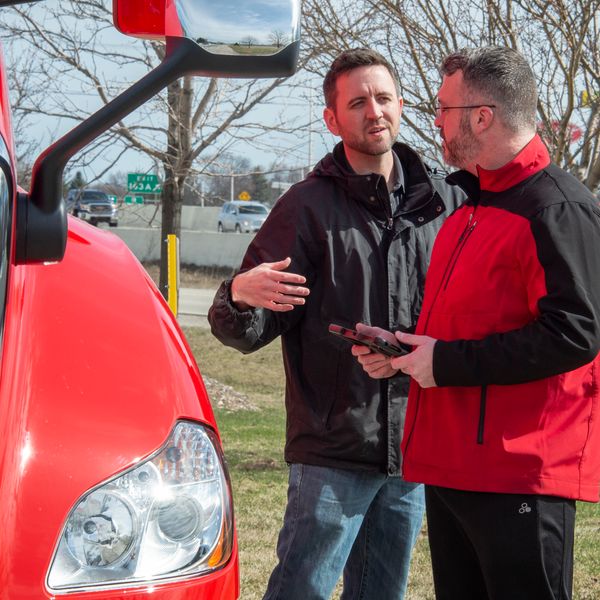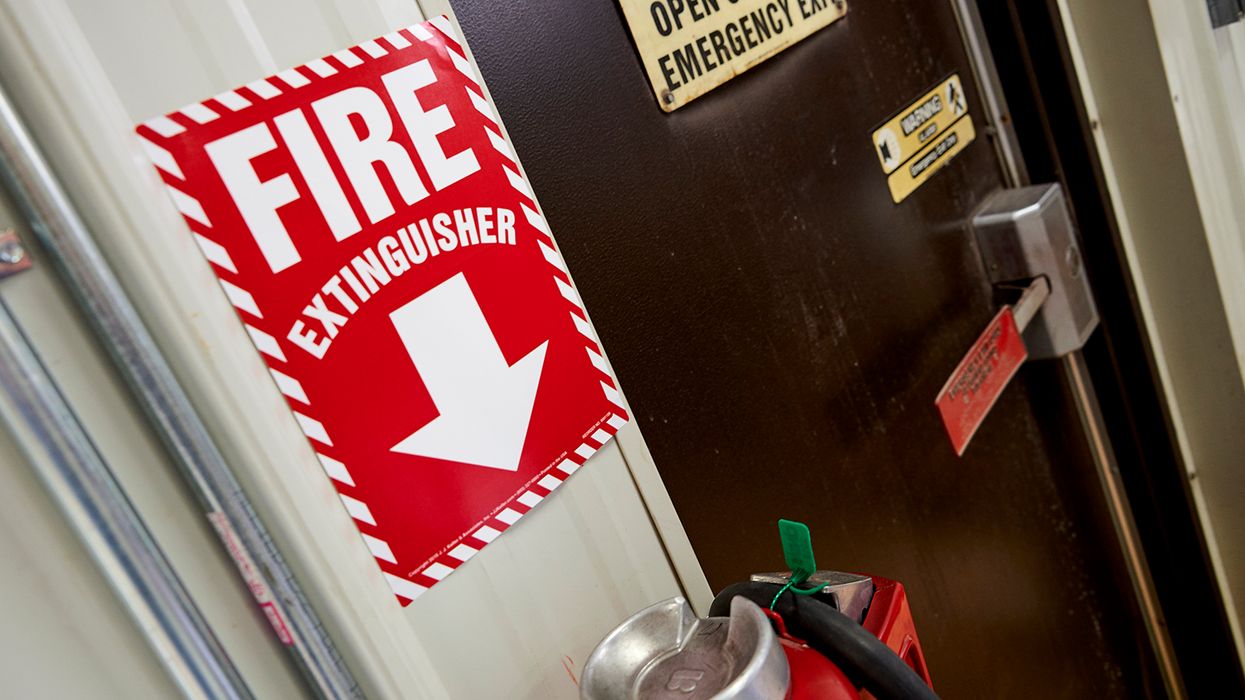How did we get in this deep? A whistleblower case study
The Occupational Health and Safety Administration (OSHA) recently fined a motor carrier more than $175,000 for violating the whistleblower protections afforded drivers under the Surface Transportation Assistance Act. The fine involved back wages and interest, compensatory damages, and punitive damages for incidents involving one driver.
The main issue was a driver telling a supervisor the driver would not violate the hours-of-service regulations and would not drive when ill or fatigued. One question you should be asking is, “How does a company get from there to being fined more than $175,000?”
Here is the sequence of events (and the related regulations) that gets a carrier into the situation of having to pay such a fine:
- The carrier assigns the driver a movement that is in violation of the safety regulations (the driver has reached the hours-of-service limits in 395.3; the driver is ill or fatigued, see 392.3; or there are safety-related defects on the vehicle, Part 393; etc.).
- The driver raises a safety concern about the assignment, such as saying, “I can’t legally take the run” (a driver being prohibited from breaking the safety regulations is found everywhere in the regulations).
- The carrier threatens employment action if the driver does not take the assignment. The threat is a violation of the coercion regulations at 390.6 and can result in an investigation by the Federal Motor Carrier Safety Administration (FMCSA) and a fine.
- The carrier takes employment action, such as firing the driver, if the driver still will not do the assignment (the carrier has gone from threatening to taking action).
- The driver lodges a Whistleblower Complaint under the Surface Transportation Assistance Act, which is investigated by OSHA.
- OSHA determines that the employer punished the employee for reporting a safety concern. The employer is then fined, and the fine will involve back wages and interest, compensatory damages, and punitive damages.
So, how do you prevent this from happening? By have policies and procedures that prevent the situation from getting past the first two steps.
If a driver reports that there will be a violation of the safety regulations if a run is done (the driver is over hours, will be operating when ill or fatigued, the vehicle has defects on it, etc.), then address these concerns. Never threaten the driver to get the run completed.
Key to remember: Work with your drivers when they express safety and compliance concerns, rather than threatening or firing them!

















































